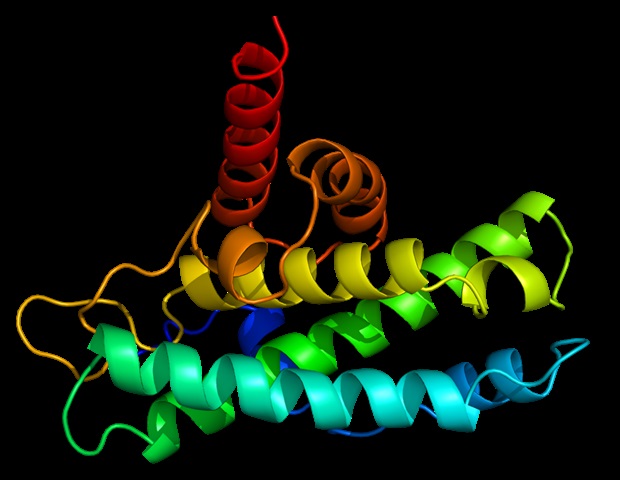Autistic pupils are significantly less likely to attend school regularly, particularly at a young age, a University of Otago-led study has found. The researchers say the issue is not about individual shortcomings but signs of an under-resourced education system that is struggling to fully adapt to meet diverse needs. They are calling for increased teacher aide resourcing, increased funding for the Ongoing Resourcing Scheme (ORS), autism-specific professional development for teachers, and flexible learning options to help autistic pupils attend school more regularly.
The study, published in the Journal of Paediatrics and Child Health , is the first comprehensive, population-level analysis of school attendance disparities between autistic and non-autistic students in Aotearoa New Zealand. Lead author Dr. Nick Bowden, of the Department of Pediatrics and Child Health, says regular school attendance is a key predictor of academic success and long-term well-being.

"Understanding and addressing these attendance gaps is vital for ensuring equitable education outcomes," he says. Using data on pupils aged 5 to 16 years in 2018, the researchers had information on 654,438 pupils, 8,427 of whom were autistic. They found autistic pupils' regular attendance rate was 55.
3%, compared to 62.5% for non-autistic pupils. Based on a minimum requirement of 190 school days in a year at secondary school , and 193 for primary school , this means that over the course of a typical 13-year schooling period, autistic students, on average, experience about 78 fewer days of school than their non-autistic peers.
"It's important to remember that behind the data are real children, whānau, and educators trying to make it work, often without the tools or support they need." The most common type of absence was medical or "justified." These absences could be due to illness, or medical-related appointments, both of which are more prevalent among autistic students due to higher rates of physical and mental health conditions.
"It is also possible that absence rates are influenced by school refusal—a common phenomenon among autistic students. School refusal is grounded in unmet need and may be triggered by anxiety, bullying and peer victimization, change of routine, sensory overload and social challenges. "Additionally, parents in New Zealand have reported schools requesting that their children only attend part of the school day due to issues such as insufficient teacher aide support, which goes against the Education and Training Act.
" For those aged 5 to 11, the attendance gap was particularly high. "This could be because, within the school environment , characteristics associated with autism, such as social, communication skills , and behavior differences, impact younger children more and improve with age. Despite recent national strategies focused on improving attendance, the absence of specific reference to students with disabilities—particularly autistic students—is a significant oversight," Dr.
Bowden says. The study fills a significant gap in the international literature, especially outside of the U.K.
and U.S., and sets the groundwork for evidence-based policy responses in the New Zealand context.
Dr. Bowden says the findings should be seen as a call to urgently embed inclusion in all aspects of school attendance policy and to provide schools and teachers with the resources they need. "Despite recent national strategies focused on improving attendance, the absence of specific reference to students with disabilities—particularly autistic students—is a significant oversight.
" He believes a suite of tailored support is needed to address the disparities. "This starts with meaningful funding for in-class supports like teacher aides and learning support coordinators, especially in primary school. Schools need autism-specific professional development to better understand and accommodate sensory needs, social-emotional challenges, and communication differences.
"Flexible schooling options, access to mental health services, and stronger engagement with whānau/families are also crucial. Finally, policies must protect the right of every autistic student to attend school full-time, without being pressured into partial attendance due to staffing or resource shortfalls, including clear pathways and support for transitioning back to full-time study. "We have an opportunity not just to improve attendance numbers, but to create learning environments where autistic students are truly welcomed, supported, and able to thrive—we must act now.
" More information: Nicholas Bowden et al, School Attendance Among Autistic Students in Aotearoa/New Zealand: A Population Cross‐Sectional Study Using the Integrated Data Infrastructure, Journal of Paediatrics and Child Health (2025). DOI: 10.1111/jpc.
16795.
Health

Attendance gap for autistic pupils linked to unmet needs and lack of school resources

Autistic pupils are significantly less likely to attend school regularly, particularly at a young age, a University of Otago-led study has found.















